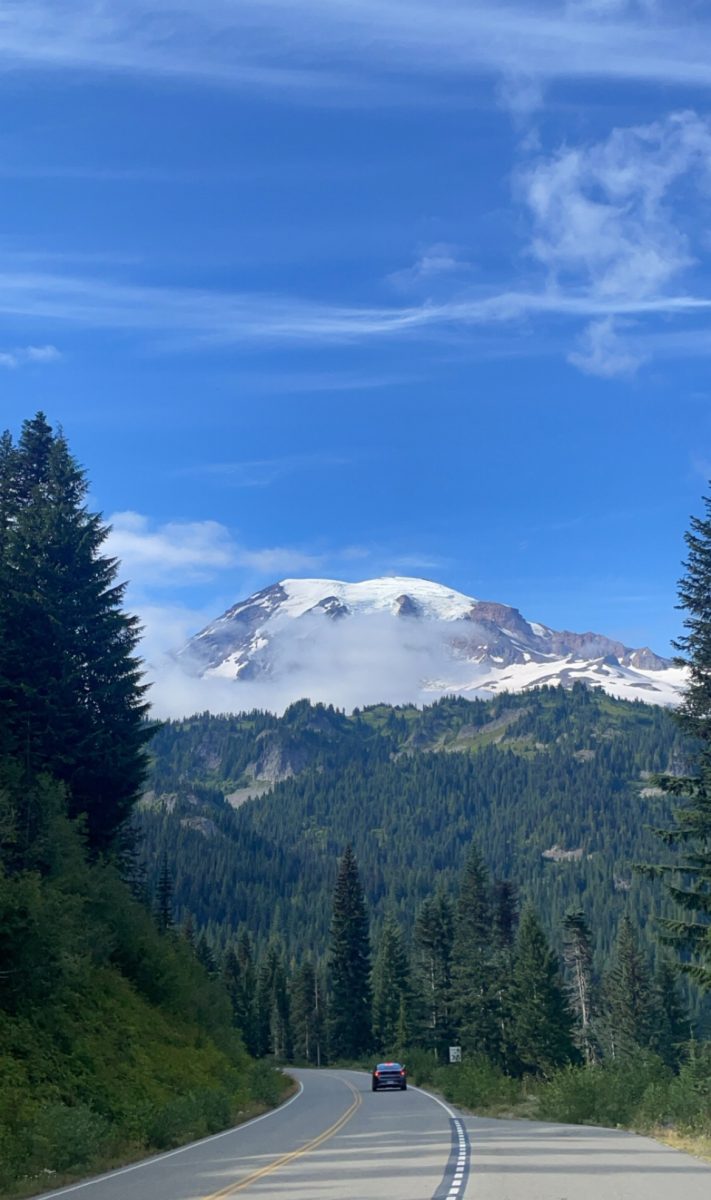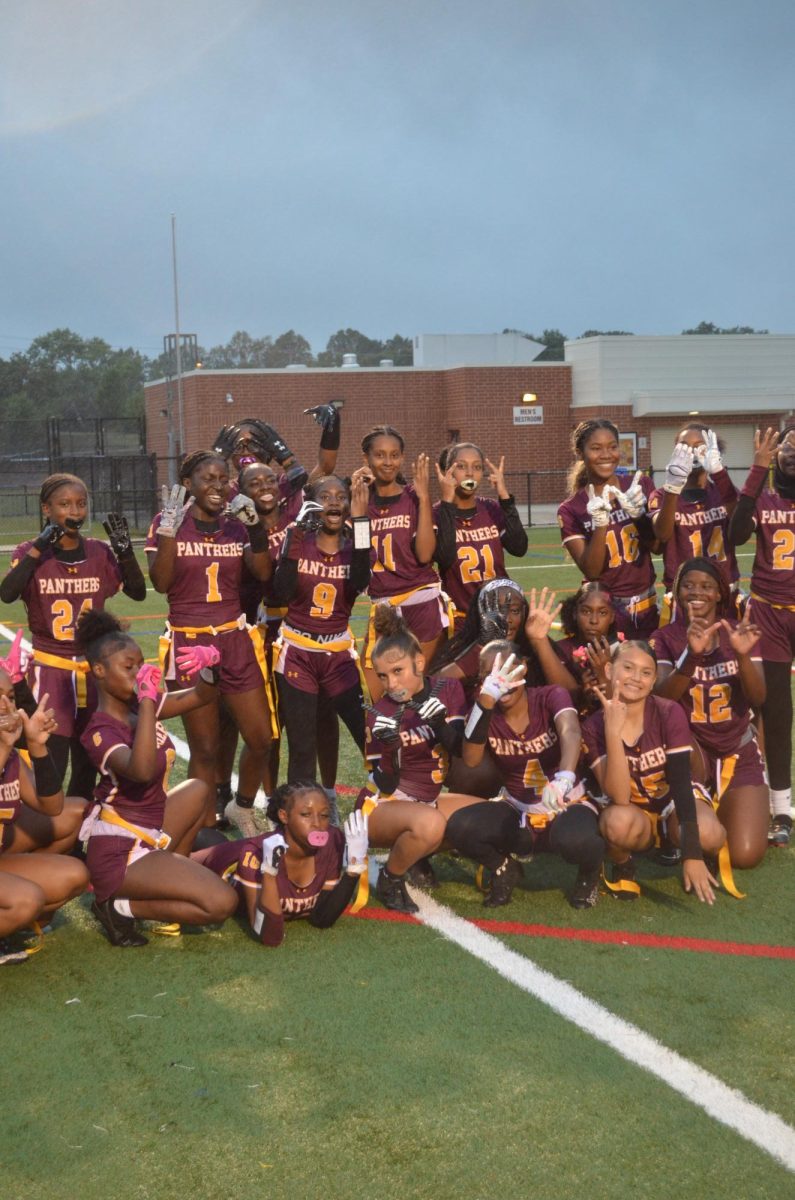Free Willy
December 7, 2017
You know them by the name Killer Whales, and due to past attacks, so does SeaWorld. These animals, however, are called orcas, and they wouldn’t pose a threat to humans if they were in their natural environment.
SeaWorld is an entertainment and attraction park which takes aquatic animals from their homes, and places them in “large” tanks where they are held in captivity. SeaWorld claims that they give these animals the most advanced treatment to help them live full and healthy lives. However, female orcas only live up to 27 years in captivity, and males only live up to 17, according to the campaign Sea World of Hurt from People for the Ethical Treatment of Animals (PETA). The group’s article “8 Reasons Orcas Don’t Belong at Seaworld” reports that male orcas actually can live up to 60 to 70 years and female orcas up to 80 to 100 when in the wild. The fact that these animals are dying at a substantially younger age in captivity than in the wild shows just how detrimental it is for them to live in places such as SeaWorld.
One of the reasons for these shortened lifespans is that orcas experience depleting health issues that then result in short lifespans. According to the One Green Planet’s article “Common Illnesses Seen in Captive Whales Prove It’s Time to Empty the Tanks!” Orcas experience a variety of health issues, no matter what type of treatment or medicine they obtain from SeaWorld. Since 1971, at least nine orcas have died from bacterial pneumonia at SeaWorld. In 1981, an orca that died at the age of six due to a kidney disease was reported to have lost 4,000 pounds of his weight. Dropped dorsal fins are another health issue that orcas face. SeaWorld claims that dropped dorsal fins occur with age, and that it is normal. However, according to Jennifer Kennedy’s article “Killer Whale Dorsal Fin Collapse,” there are barely any instances of this occurring in wild orcas. According to Kennedy, dorsal fins collapse due to dehydration, too much sun, stress due to captivity, changes in diet, and reduced activity, all of which orcas experience at SeaWorld.
Contrary to popular belief, orcas are not violent animals. This is exemplified by the fact that the only orca attacks that are ever reported are incidents that occur at SeaWorld. In David Kirby’s “Did a Wild Orca Really Attack a Diver in New Zealand?” a man named Levi Gavin reveals his encounter with an orca. He was free diving when an orca caught a catch bag tethered to his arm. Although Gavin’s arm was left numb from the incident, the orca did nothing that further harmed him. In response to the incident, Jo Halliday, a cofounder of New Zealand’s Whale Rescue, identifies the incident as “a pure accident and not an attack of any kind.” This encounter is the most recent wild orca “attack” on a human. Since 1910, there have been six orca “attacks,” and no one has ever died.
In SeaWorld, however, there have been four deaths, and over a dozen injuries due to orca attacks. So why is it that there have been fewer – or, really, no – wild orca attacks than captive orcas? Wild orcas are free and don’t have to deal with the stress of being held captive. SeaWorld orcas are just there for show. After constant work, training, and poor conditions, these orcas become agitated, exhausted, and irritable. If anything, these attacks are a message to workers that orcas experience stress in containment. Despite this evidence and the consistent call for an end to captive orcas, the show still goes on in parks like SeaWorld.
Orcas are wild animals, and they belong in the wild. No where else. And not only orcas, but all other animals who are held captive by SeaWorld, especially animals that weigh over 3,000 pounds, should be free to roam the sea. These animals aren’t meant to be confined to 35-foot-deep swimming pools; and because of this they become irritable, their health plummets, and, in extreme cases, they even die. Although SeaWorld has agreed to stop bringing in wild orcas, they need to set the 22 orcas still held captive free – and not just orcas but all other animals who are restrained from a free life.











































